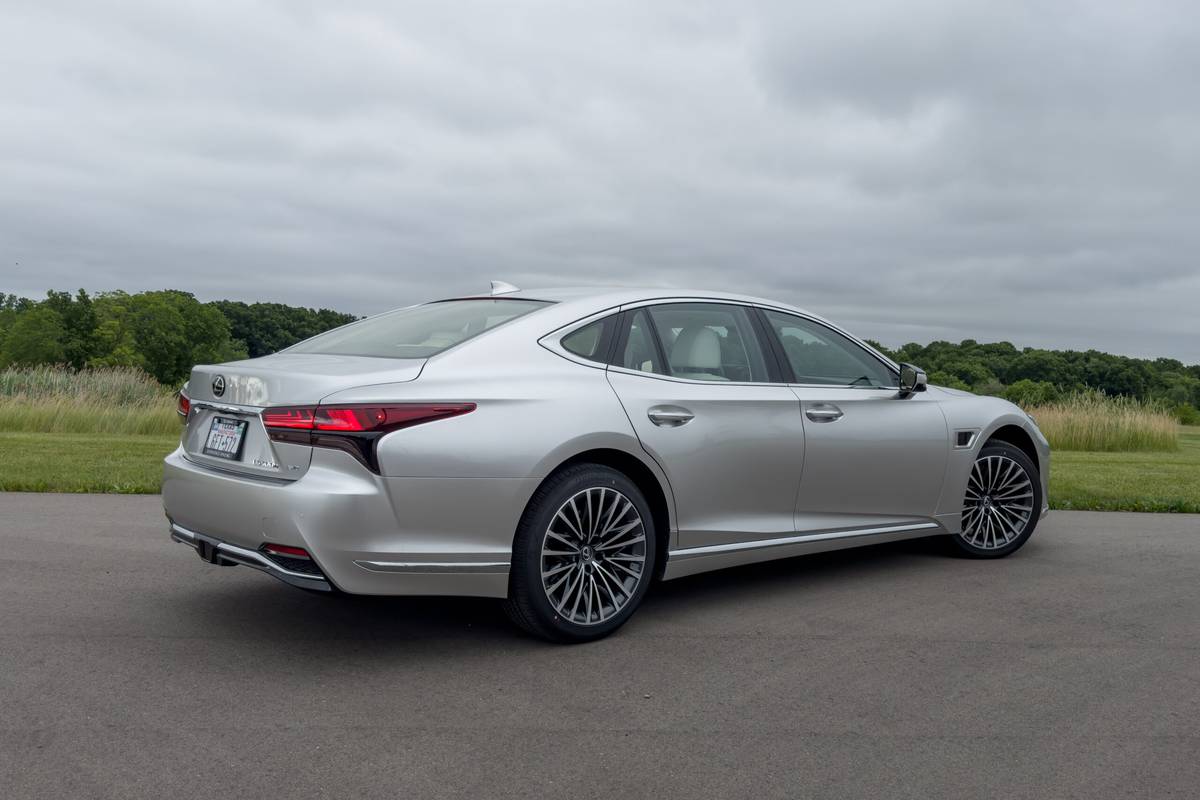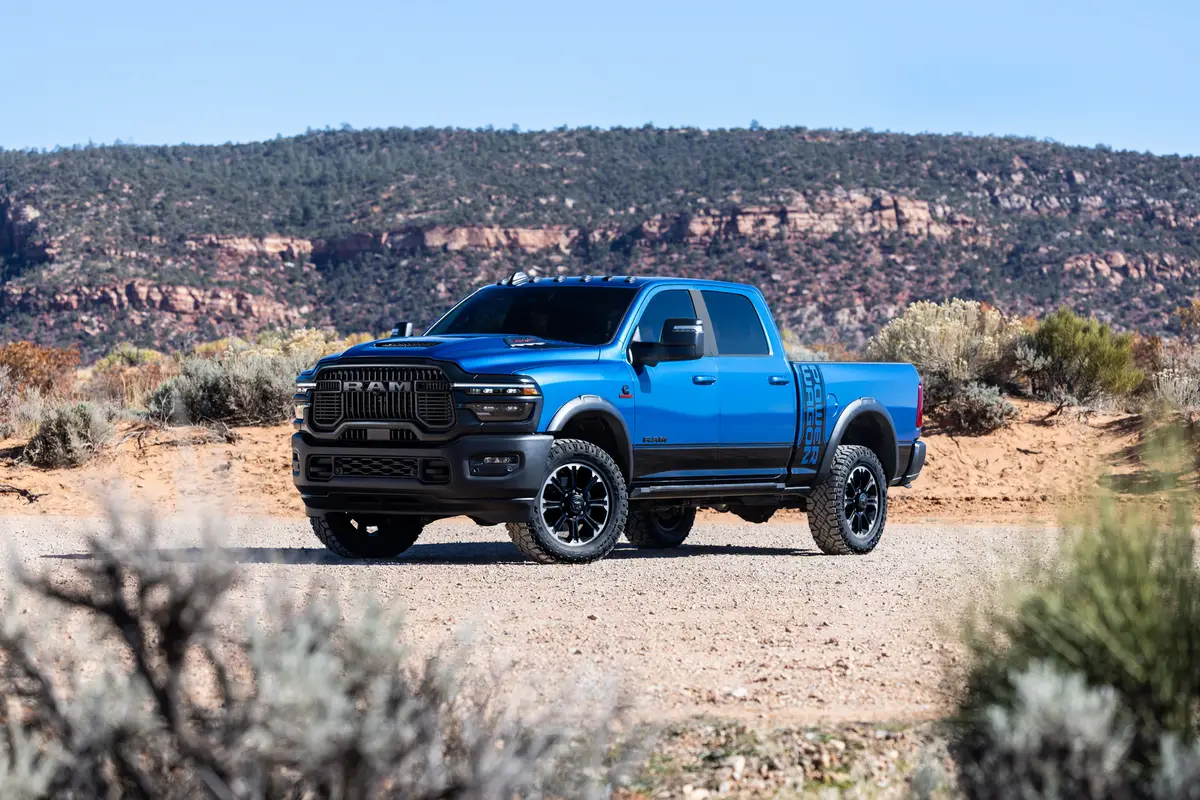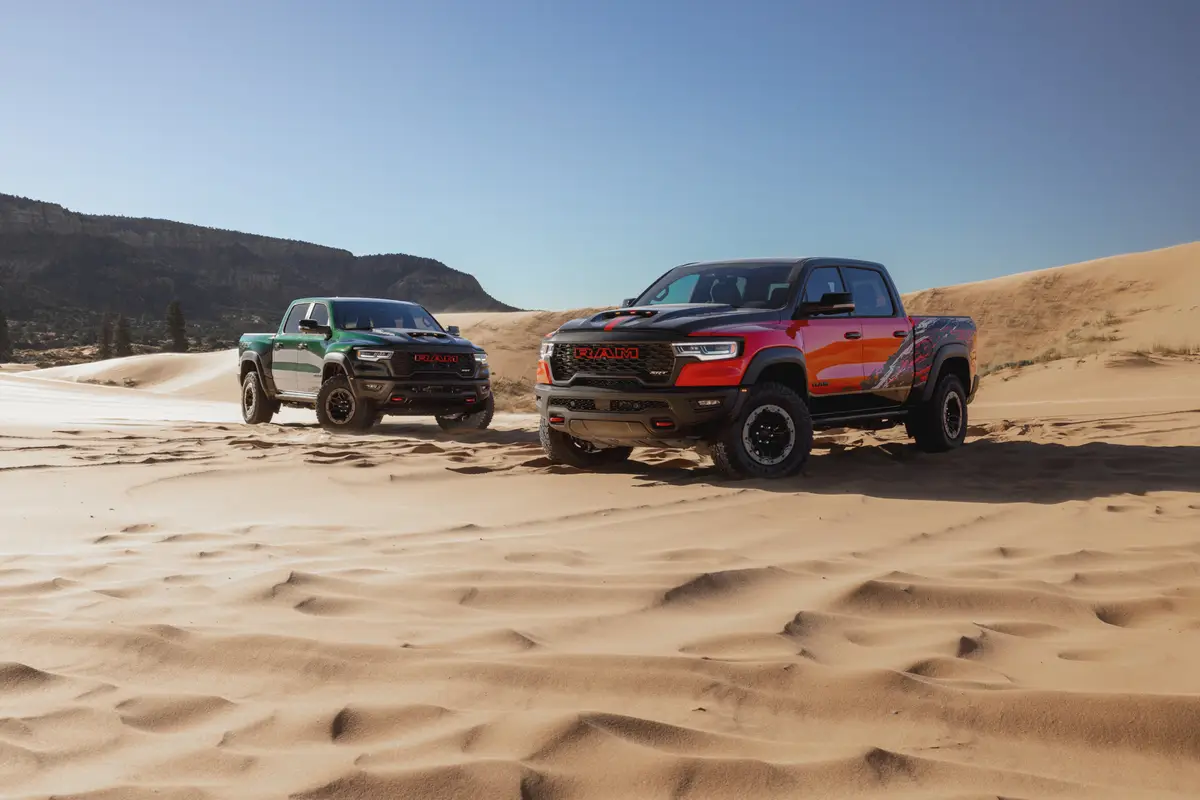Star-Telegram.com's view
The Impala is back.
Well, sort of.
Chevrolet has reintroduced the Impala nameplate for model year 2000 in a modified and larger version of the midsize Lumina sedan that is roomy enough to be classified as a full-size car by EPA standards.
But the new Impala isn’t anything like its predecessors. It’s not a huge boat, and it doesn’t have rear-wheel drive, V-8 engines or a four-on-the-floor manual transmission.
What it offers is a favorite nameplate from the childhoods of aging baby-boomers, but in a modern, front-wheel-drive package that incorporates engineering features of the best-selling Japanese sedans.
That’s just about the only formula that makes sense for today’s automotive marketplace, in which Toyota and Honda sedans rule.
Chevy tried selling big cars well into the ’90s with the Caprice. Although it was a fine automobile, it was snubbed by boomers. The big Caprices ended up primarily in police and taxi fleets. The few sold to consumers mostly went to golden-agers who refused to cram themselves into today’s smaller, sleeker cars.
The Impala was introduced in 1958 as an uplevel coupe and convertible variant of the Bel Air and then in 1959 as a sedan and wagon. The Impala name was last used on a souped-up SS version of the Caprice that ran for three model years — 1994-19996 — and was produced in Arlington, Texas. Production was limited, so those Impalas have become something of a collector’s item.
Impala purists — especially those who liked the Super Sport models of the ’60s — won’t be excited by the new model. But the 2000 Impala gives Chevrolet a family sedan that can compete well against the popular Ford Taurus and perhaps the Toyota Camry and Honda Accord.
With more than 122 cubic feet of interior space, the Impala is roomier than any midsize competitor. Along with that space, it brings a combination of styling, performance and value that today’s new-car buyers crave.
No, it’s not exactly an exciting car — the kind that inspires Beach Boys songs like “409,” which glamorized the 409-cubic-inch engine in the first Impala Super Sport. But it can carry as many people and nearly as much stuff as a midsize sport-utility, yet maintain good handling, sporty looks and much better fuel economy than an SUV.
Overall length is 200 inches — almost an inch shorter than the Lumina. But the wheelbase is three inches longer, and very efficient use of space has created a roomier interior than that of the Lumina.
With a bench seat up front, the new Impala seats six adults comfortably, but its turning radius is the same as that of the smaller Taurus. The trunk is huge — 17.6 cubic feet (vs. 15.5 cubic feet for the Lumina and 15.8 for the Taurus). The interior is as roomy as that of the larger Buick Park Avenue, but the Park Avenue has slightly more rear-seat leg room.
Exterior styling is more reminiscent of the Chevy Malibu of the early ’70s than the early Imp alas. Still, some design cues are taken from the Impalas of the past, including the round taillights, the muscular exterior lines, and the chrome center bar and Chevy bow-tie emblem in the grill.
Chevrolet touts value in all its literature about the new Impala. This is a full-size car that carries a price tag under $20,000 — fairly well-equipped. For a list price of $19,265 (including transportation), the base Impala comes with a 3.4-liter, 180-horsepower V-6 engine (the same one used in the Venture minivan), four-speed automatic transmission, power windows and door locks, six-passenger seating, air- conditioning, power steering, cruise control, four-wheel power disc brakes and an AM/FM radio.
For $22,925, the uplevel LS model comes with a bigger engine — the 3.8-liter, 200- horsepower V-6 also used in the Park Avenue — as well as traction control, anti-lock brakes, dual-zone temperature controls, a side air bag for the driver, bucket seats up front (with power adjust nts for the driver’s side), and a firmer “touring” suspension that helps the vehicle hold the road better during cornering.
The interior isn’t as luxurious as those of some competitors, and the instrument-panel materials are rather plain. But Chevy had to cut corners somewhere to keep the price down, and this was the most likely place.
Still, the cabin is quiet at highway speeds, the seats are as comfortable as any in this class, if not more so, and the ride in our LS model test car was cushy, but not overly so.
I haven’t tested the base model, but the 180-horsepower engine should provide plenty of power for most people’s needs. The bigger engine in our LS is a capable performer, adding some excitement to the driving experience. The transmission shifts smoothly and almost seamlessly, and with the touring suspension, the Impala LS corners much better than most of its predecessors.
Fuel economy is impressive, and will be one of the top selling points. The base engine is EPA rated at 20 miles per gallon in the city and 32 on the highway, for a combined city/highway 27.4 mpg average. The bigger engine is rated at 20 mpg city/29 highway, for an average of 26.5 mpg. The average sport-utility vehicle has fuel economy ranging from about 14 to 18 miles per gallon.
Other standard equipment on our LS model included the Passlock theft-deterrent system, daytime running lights, 16-inch aluminum wheels, power trunk opener, variable intermittent wipers, fog lamps, rear spoiler, body side moldings, tilt steering wheel, remote keyless entry, dual heated electrically remote-controlled outside mirrors, rear-window defogger, and split-folding rear seat.
LS models come with cloth-trimmed front bucket seats, but ours had the optional leather-trimmed seats ($625), which adds leather to the front seating surfaces only. An AM/FM/cassette six-speaker stereo is standard, but ours came with the optional audio system with cassette and compact-disc players and eight speakers ($223).
Other options on our test car included an electric sun roof ($700); a “comfort seating package” ($425), including heated front seats and a six-way power front passenger seat; and the LS preferred-equipment group ($517), which added an electronic driver-information system that monitors 17 items, including tire pressures; an alarm system, an automatic-dimming rearview mirror, and steering-wheel radio controls.
Total price for our fully-equipped LS test car was $25,415, including $560 transportation.
The new Impala is built at Oshawa, Ontario.
2000 CHEVROLET IMPALA LS SEDAN
THE PACKAGE: Full-size, four-door, five-passenger, V-6 powered, front-wheel-drive sedan.
HIGHLIGHTS: Chevrolet has resurrected the best-selling full-size car nameplate in automotive history, putting it on a new full-size car whose exterior dimensions are in line with today’s midsize sedans. It’s roomy and comfortable, styling is up to date, and performance is outstanding, especially with the 200-horsepower engine standard in the uplevel LS model.
NEGATIVES: Interior is a bit plain, with materials that seem to be on the cheap side.
MAJOR COMPETITORS: Ford Taurus, Toyota Avalon, Toyota Camry, Honda Accord, Dodge Intrepid, Chrysler Concorde, Chrysler LHS, Ford Crown Victoria, Mercury Grand Marquis, Oldsmobile Intrigue, Oldsmobile Eighty-Eight, Buick LeSabre, Nissan Maxima, Pontiac Bonneville.
EPA FUEL ECONOMY: 20 miles per gallon city, 29 highway.
BASE PRICE: $22,365 plus $560 transportation.
PRICE AS TESTED: $25,415, including transportation.
ON THE ROAD RATING: A.
Latest news



